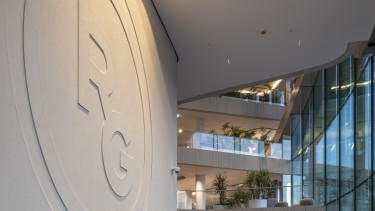Private education generates over HUF 1 billion for international institutions in Hungary

In terms of revenue, the average annual income of the Hungarian private schools is HUF 767 million, whereas International private institutions generate more than HUF 1 billion annually – according to a study by BDO Corporate Finance.

In recent years, the market for private schools in Hungary has developed dynamically. While demand is growing rapidly, the supply of private education options has not yet caught up, resulting in most existing institutions operating at full capacity, and longer waiting lists.
This trend is further strengthened by the infrastructural development of private educational institutions, their readiness in the field of digitalisation and the continuous increase in demand for modern pedagogical methods.
In a detailed market analysis, the team of BDO Corporate Finance surveyed 28 educational institutions within the Hungarian private school sector, identifying 10 as Hungarian and 18 as International schools. Among these, 46% (13 institutions) offer education from kindergarten through high school (ages 3-18), while 10 cater to both primary and high school students, and 5 focus exclusively on high school education.
Increasing demand for private education
Several new private schools have been established in Hungary in recent years. Data from the Association of Foundation and Private Schools (AME) indicates that over 20 new foundation and private schools have launched since 2018. Notable new entrants include
- the Diákszempont Primary and High School, which opened in 2019, and
- the Budapest School network, which has established several micro-schools, as those in Solymár (2018) and Érd (2020).
Furthermore, existing institutions are planning to expand their capacities or are even considering the creation of new campuses.
Private education generates substantial revenue
There is a significant variation in tuition fees between the institutions surveyed.
International schools, on average, charge HUF 4.3 million per year, while Hungarian institutions have significantly lower average annual tuition fees of HUF 1.5 million.
Even within the international schools, there are major disparities. The two largest international private schools (AISB – American International School of Budapest and BISB – The British International School Budapest) charge as much as HUF 9 million annually for the final years of education.
In terms of the institutions surveyed, the average annual revenue of organisations operating Hungarian private schools is HUF 767 million, while international private institutions generate more than HUF 1 billion annually.
The largest international schools also stand out in terms of student numbers and sales turnover. For the schools surveyed, international private institutions on average generate higher revenues with a lower number of students.
As regards private institutions, the survey shows that, overall, market players can expect a steady and very strong increase in demand. Market players need to respond to this steadily growing demand, which offers investment opportunities for both existing and new market players.
Cover image (for illustration purposes only): Getty Images












